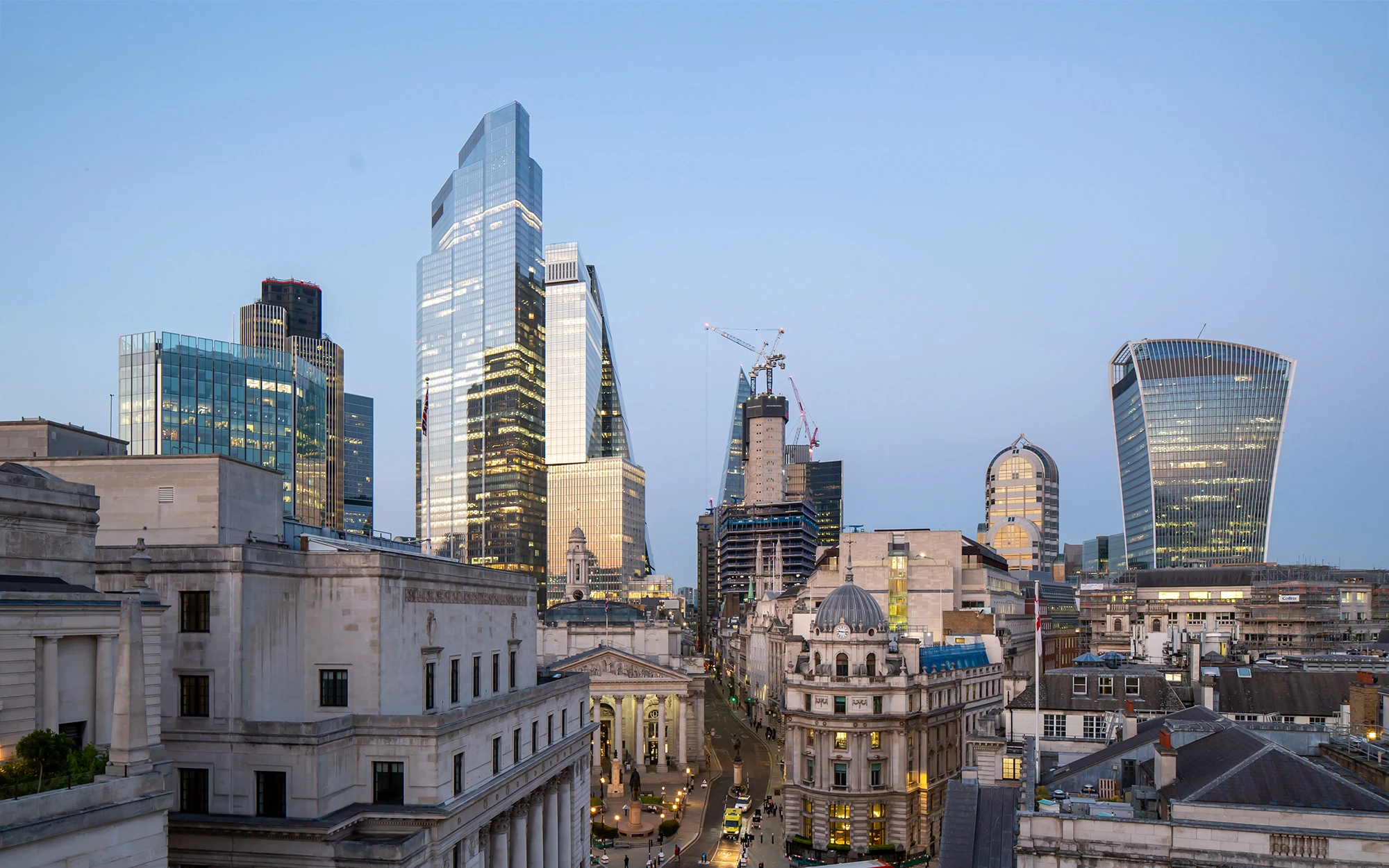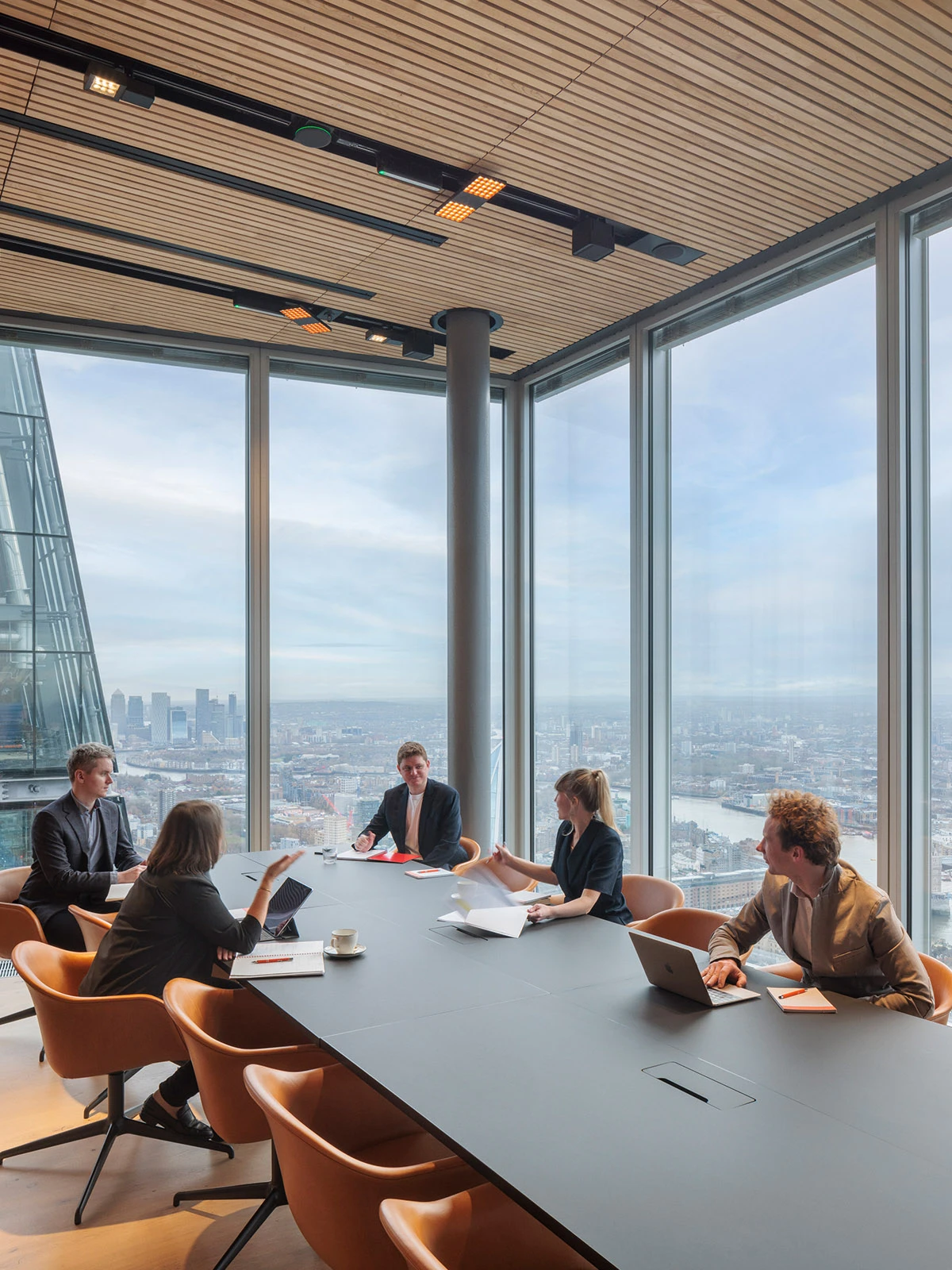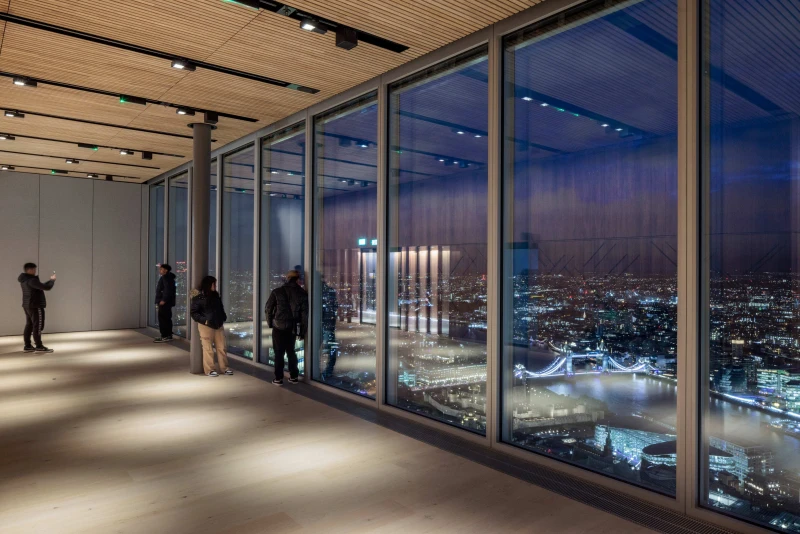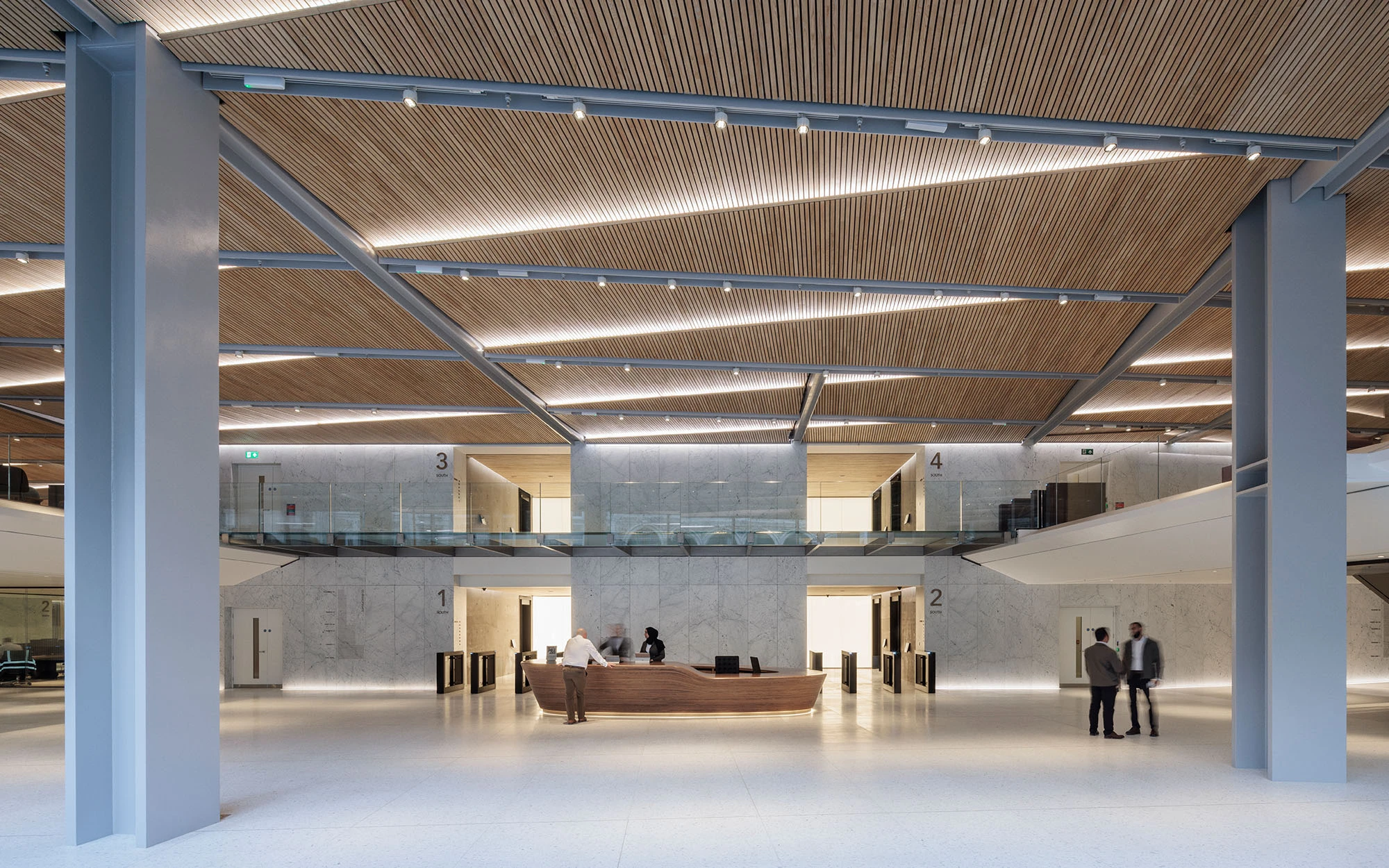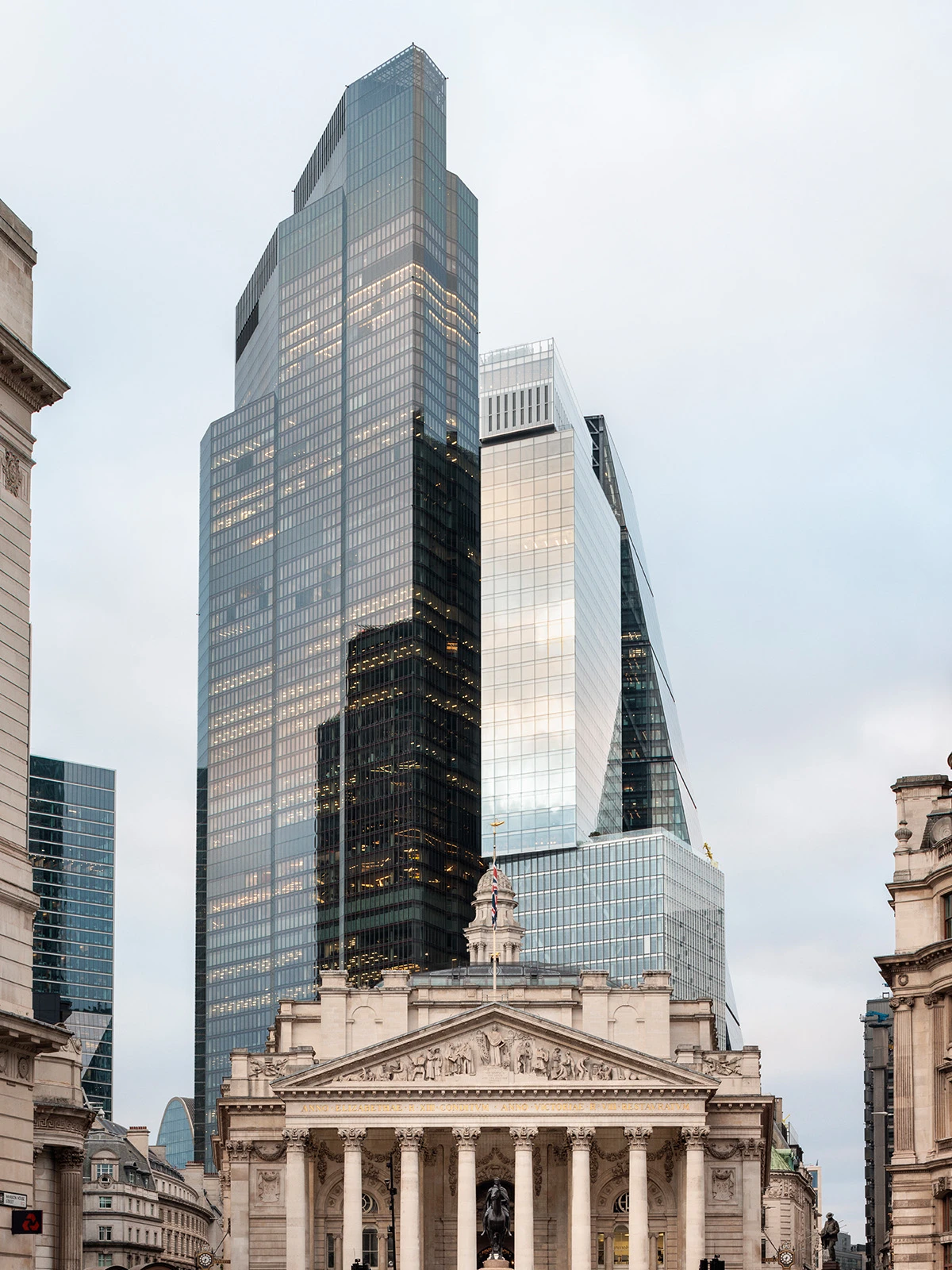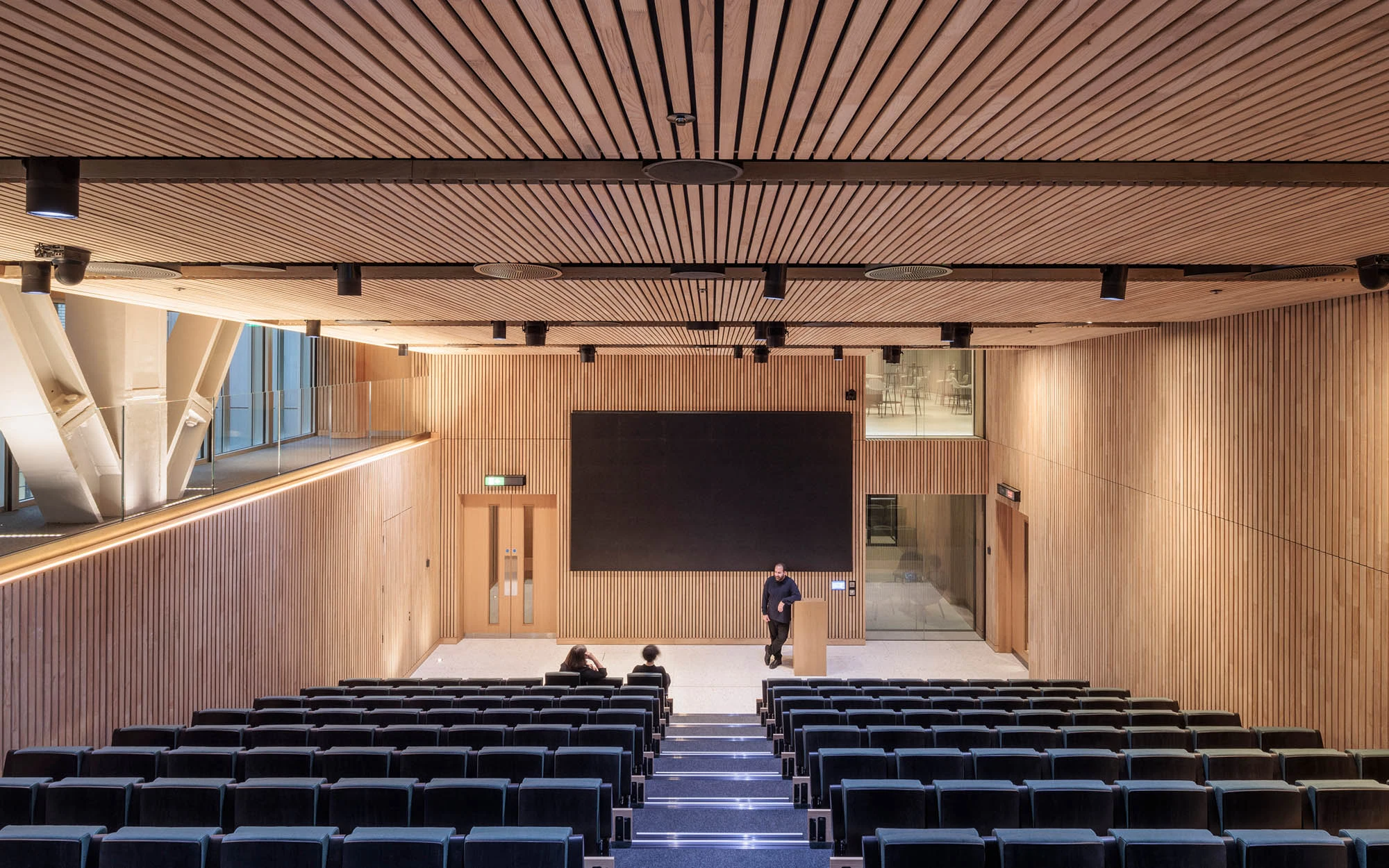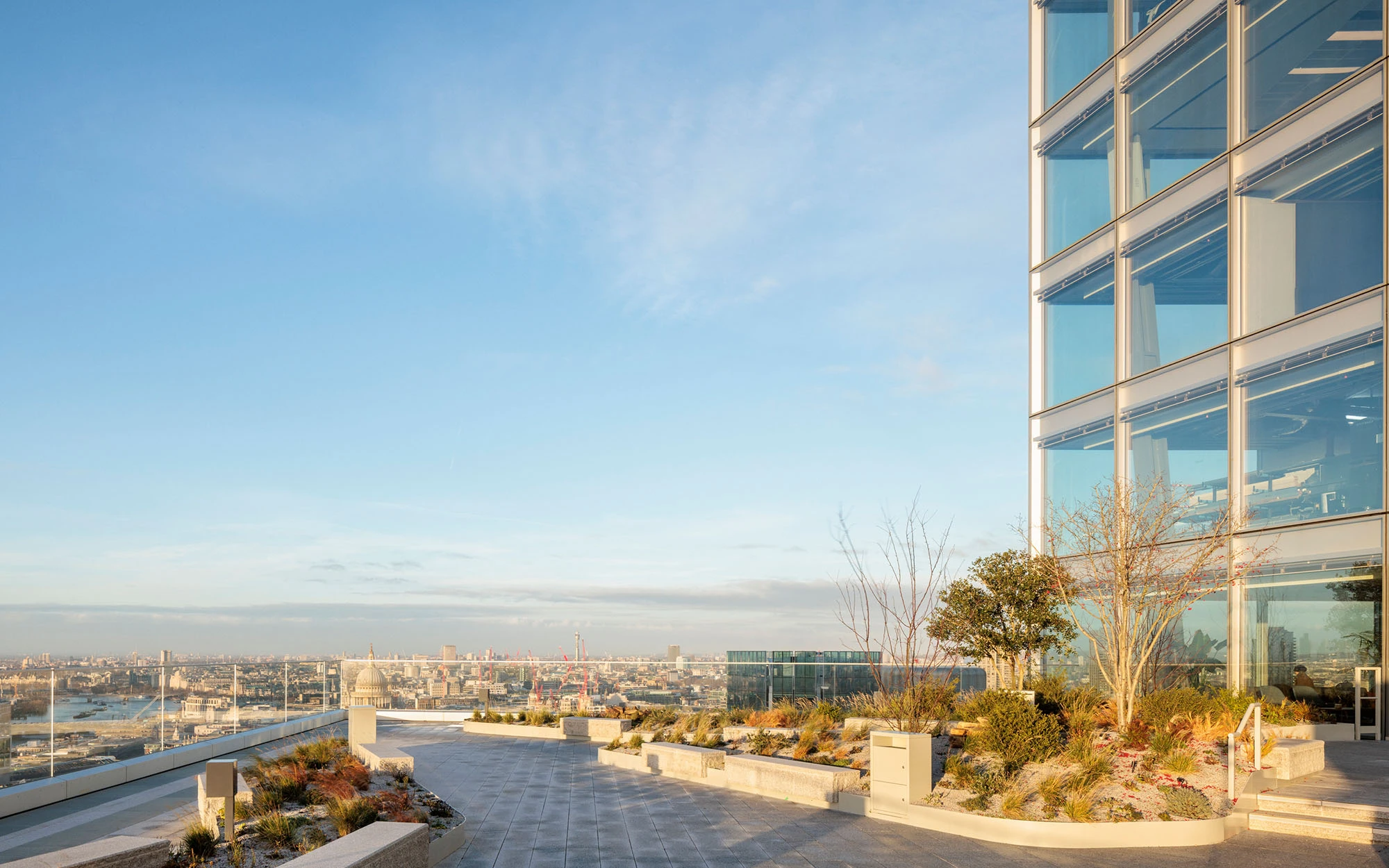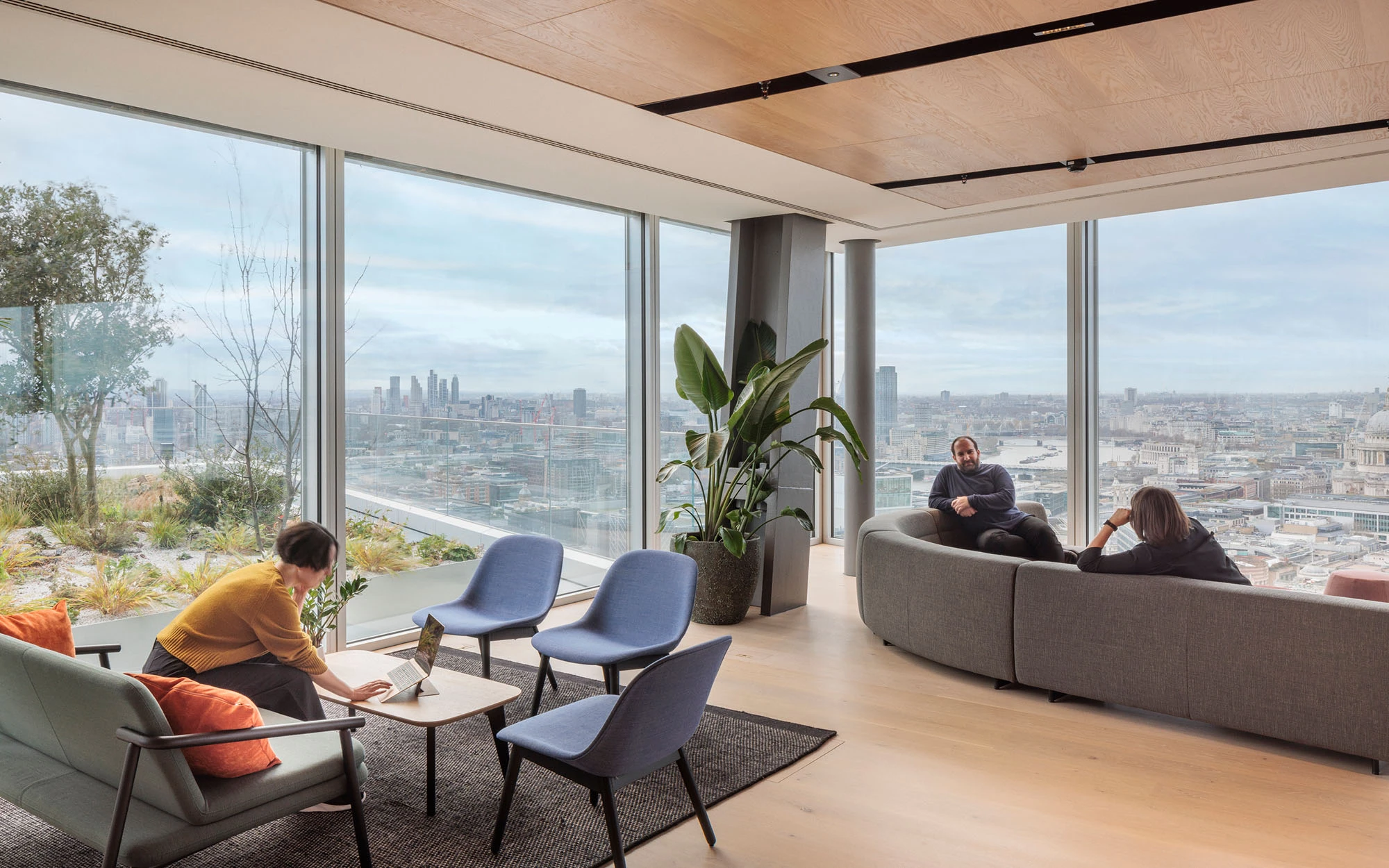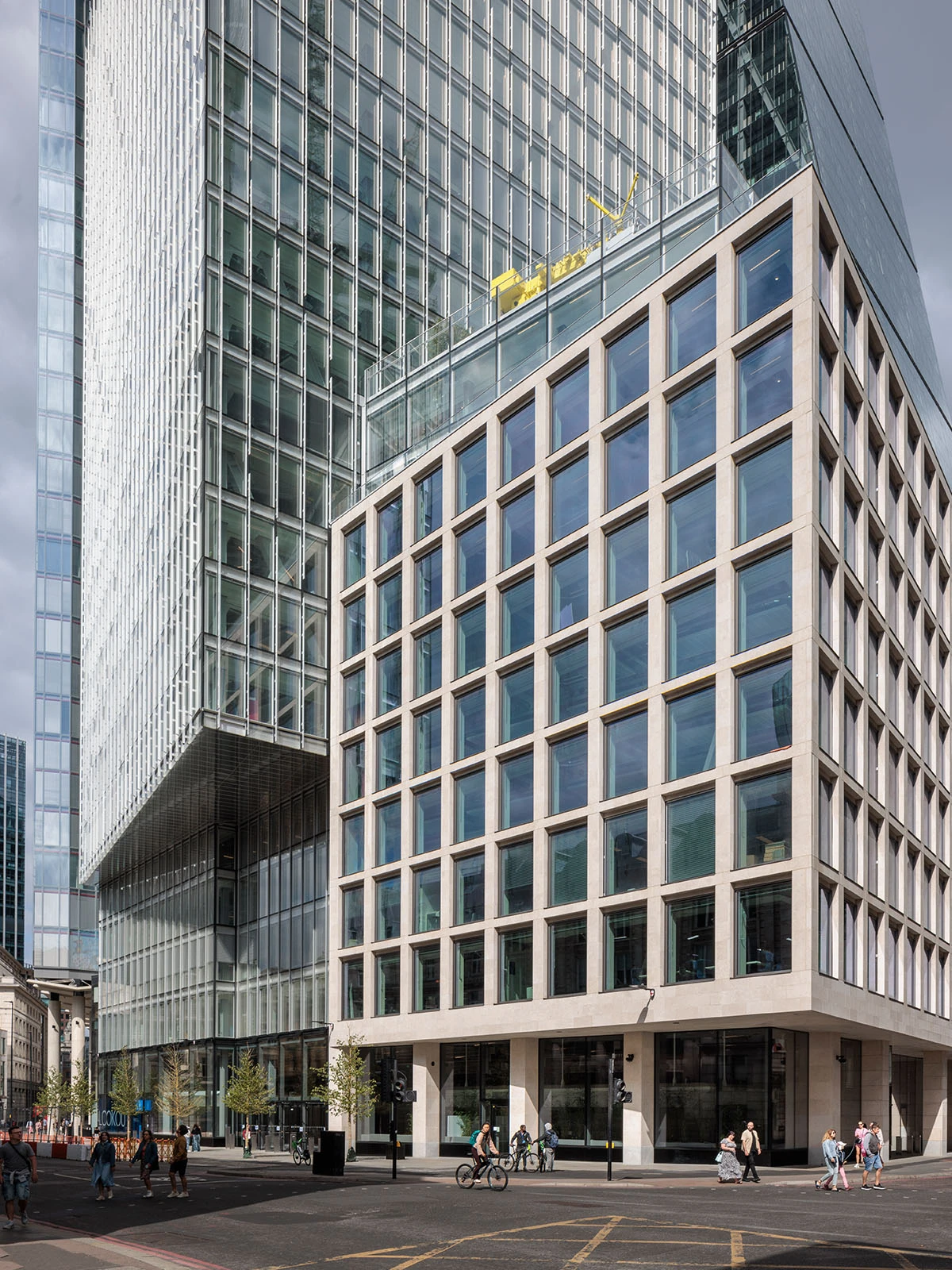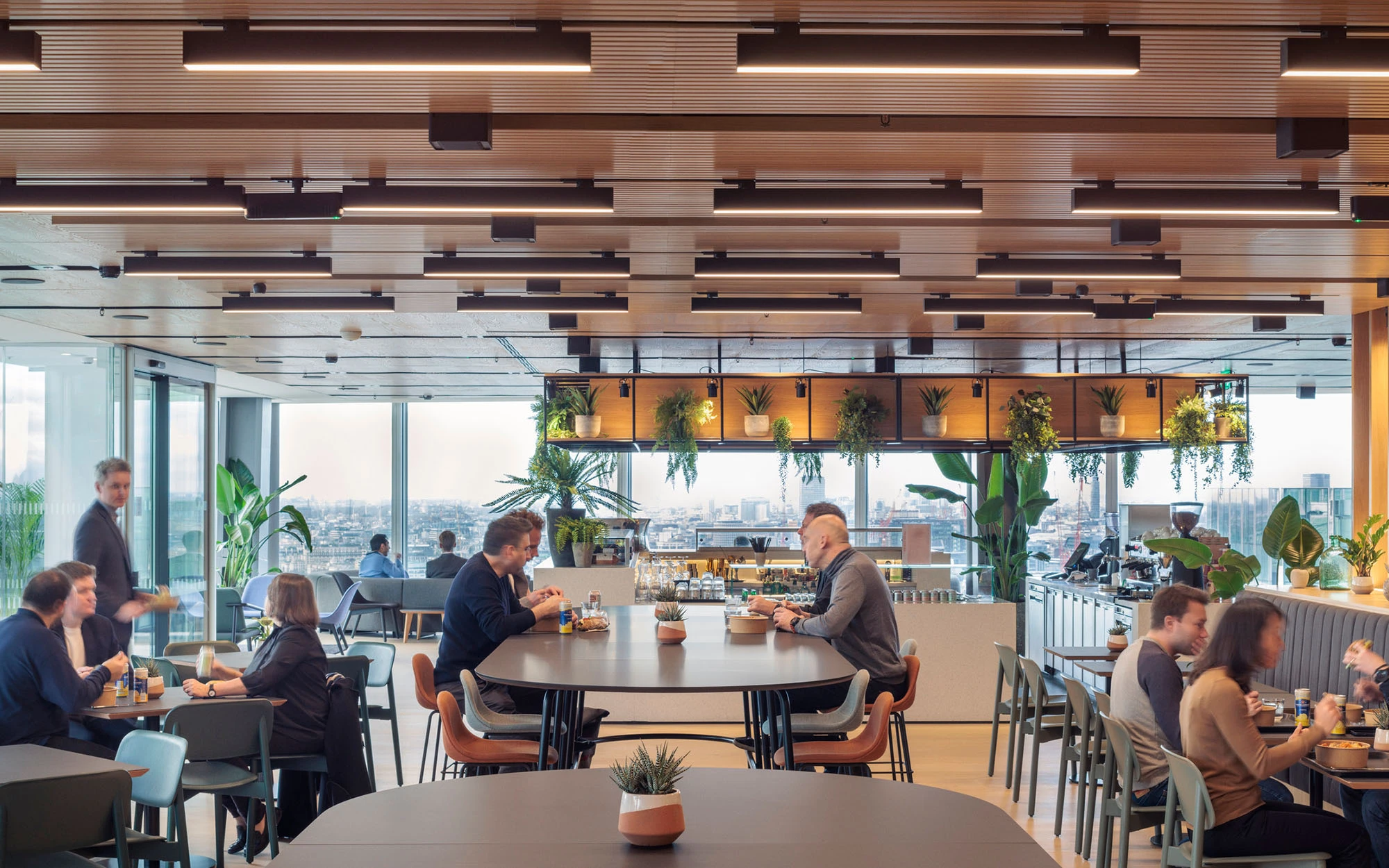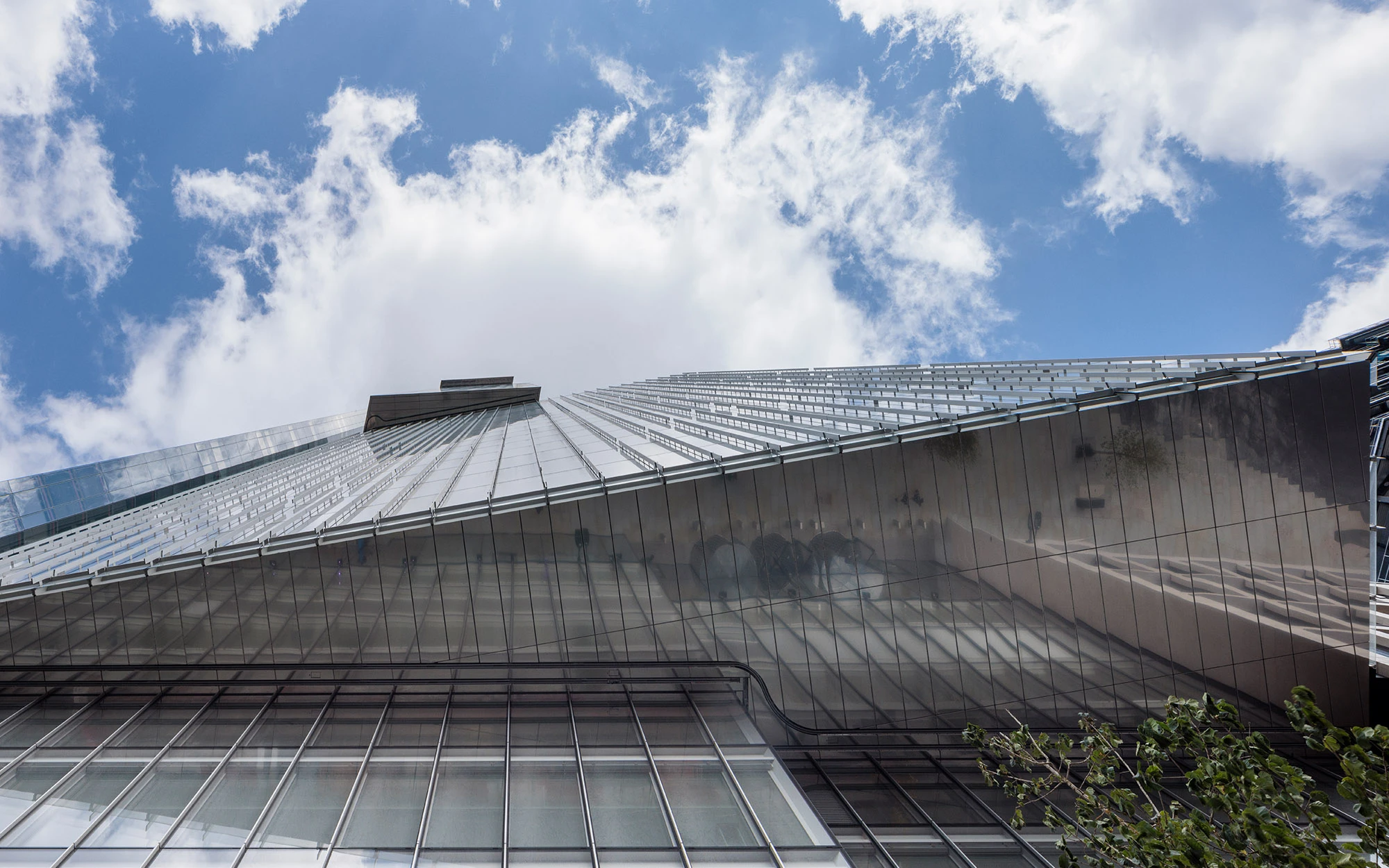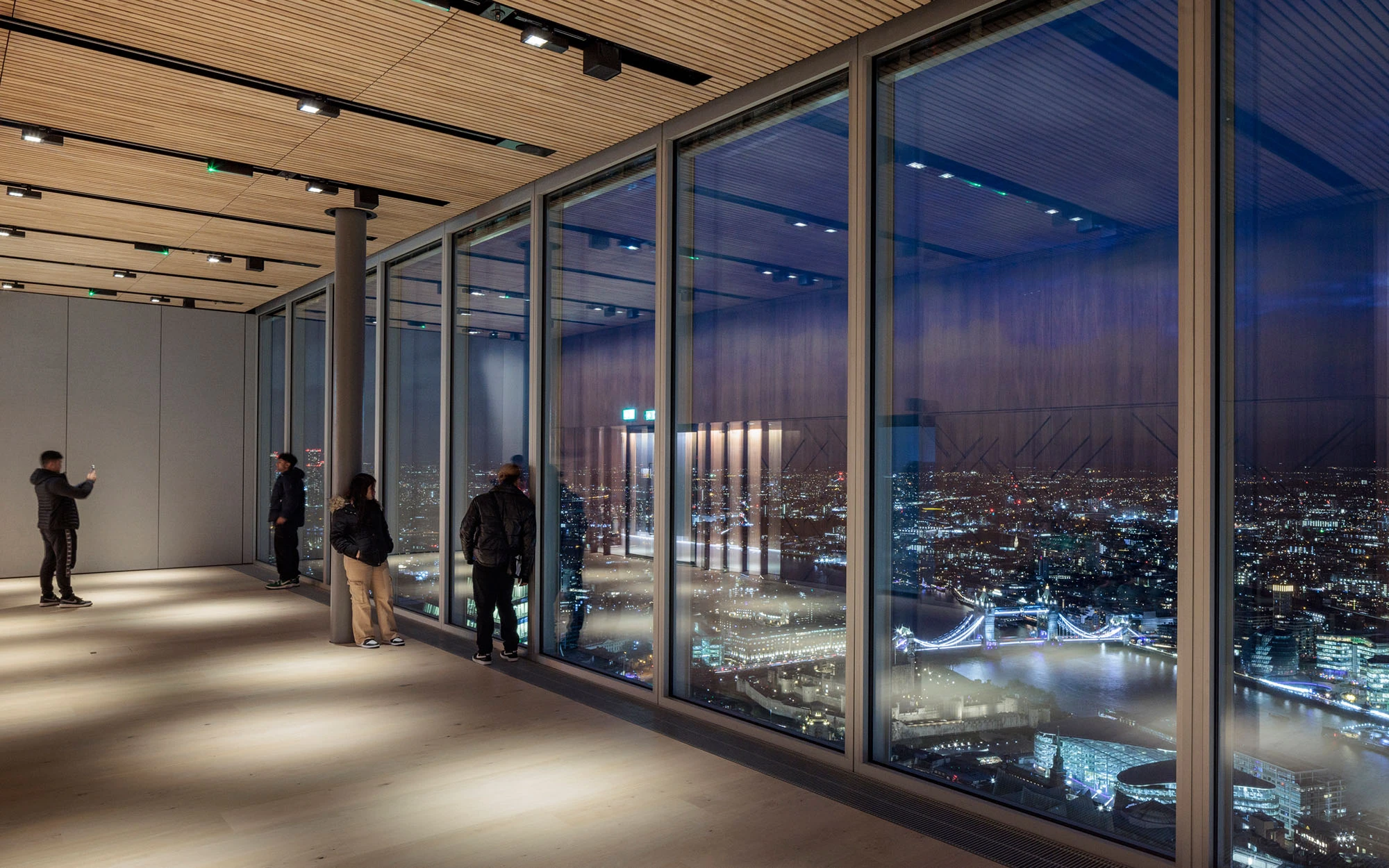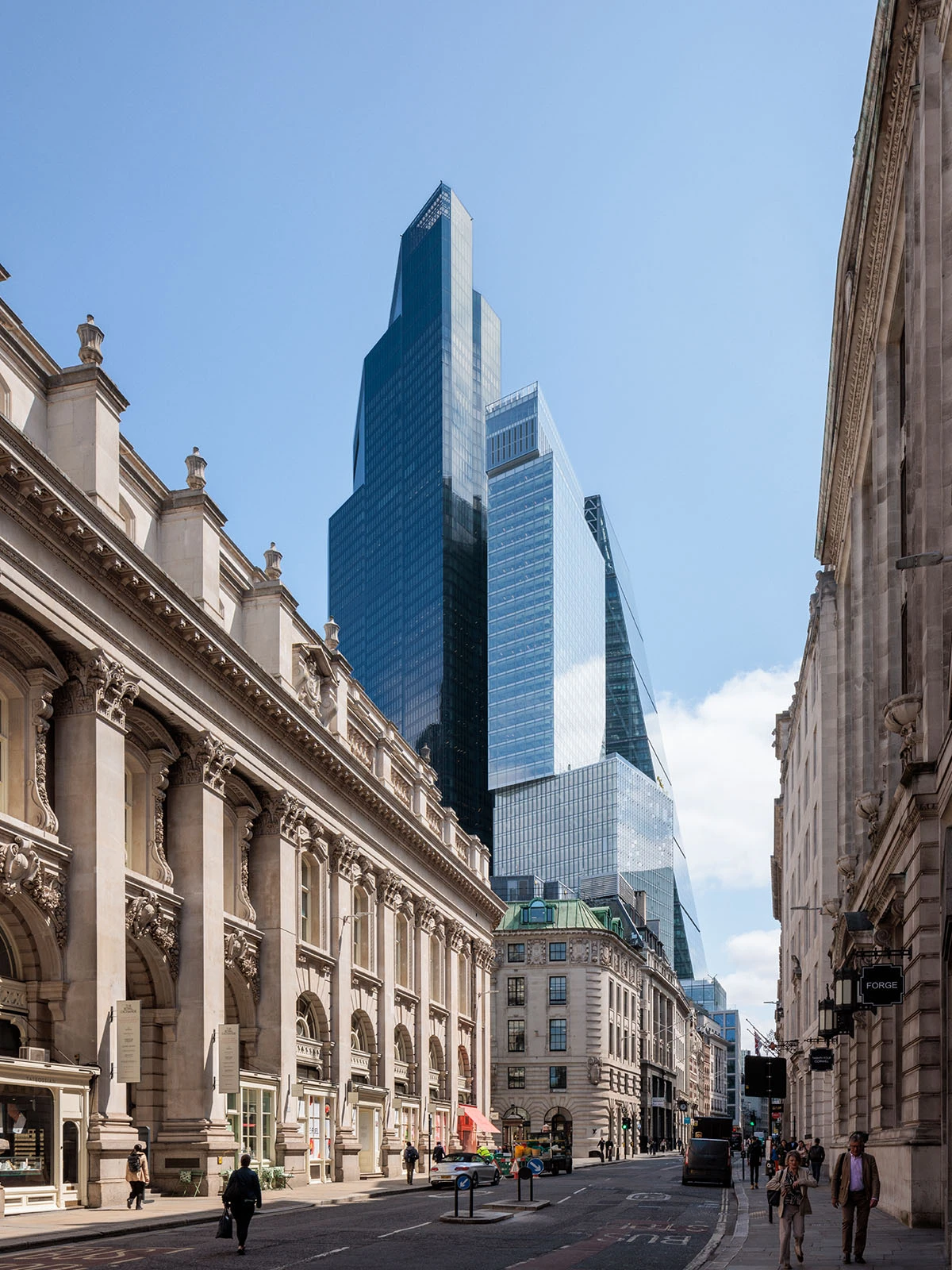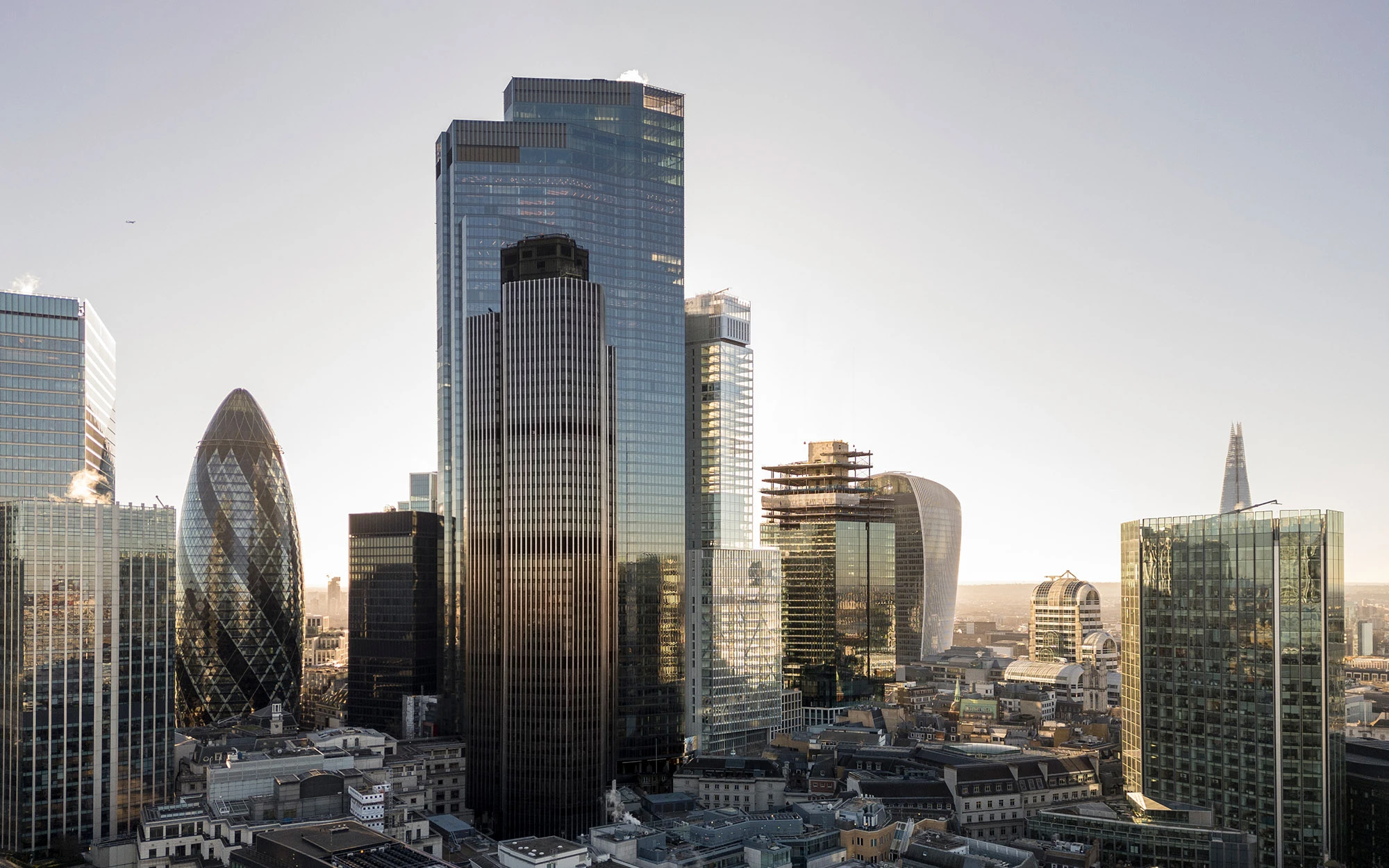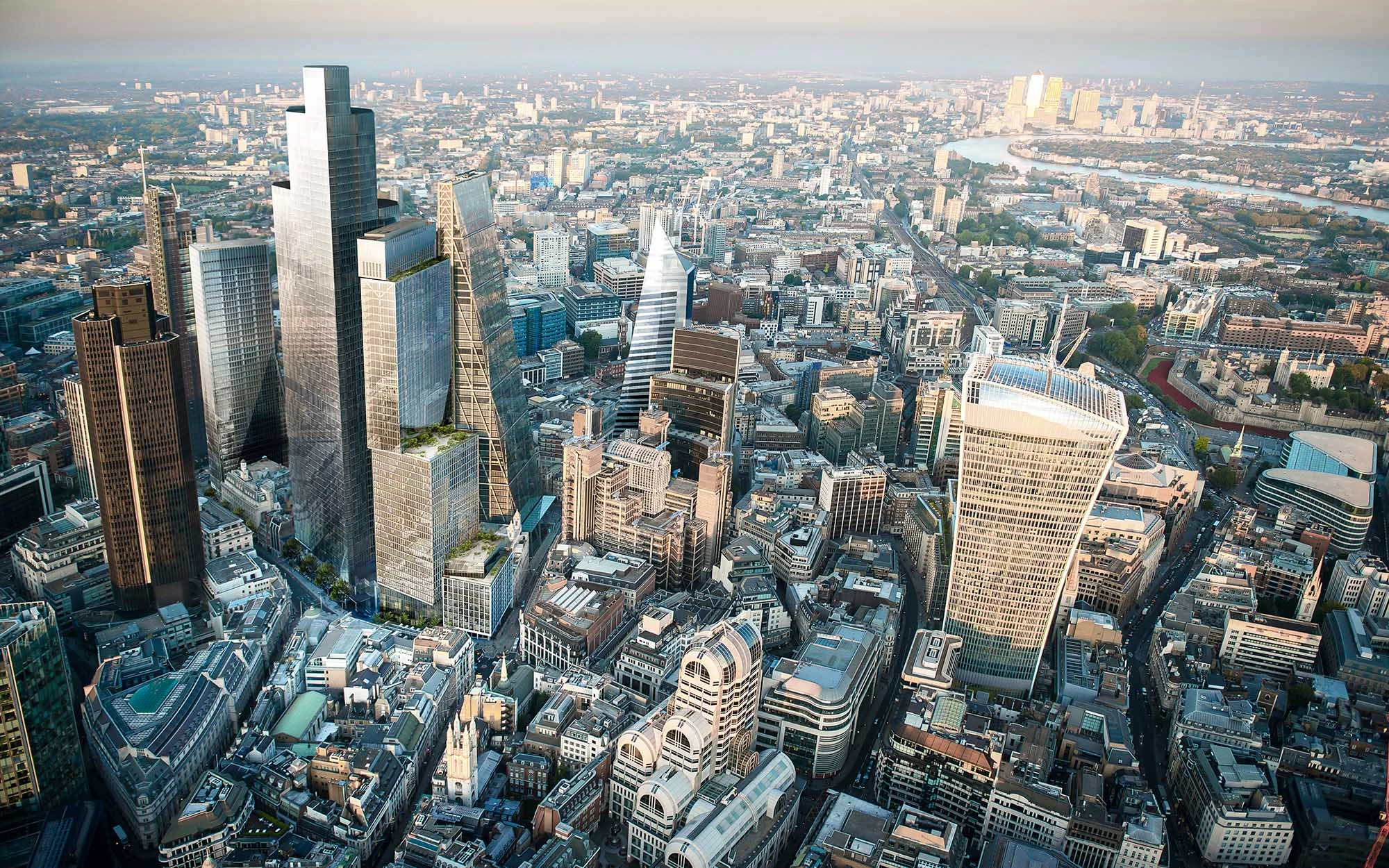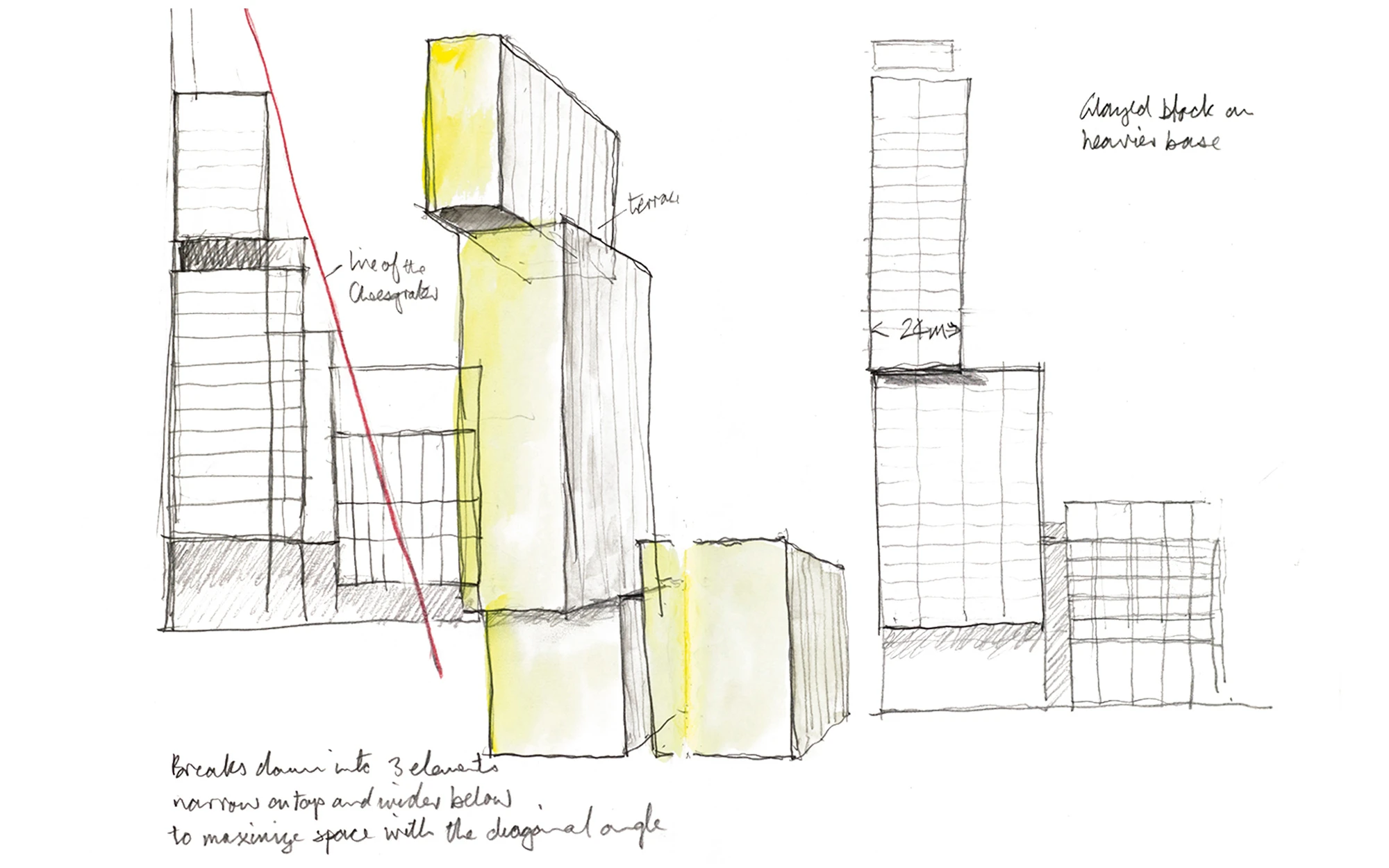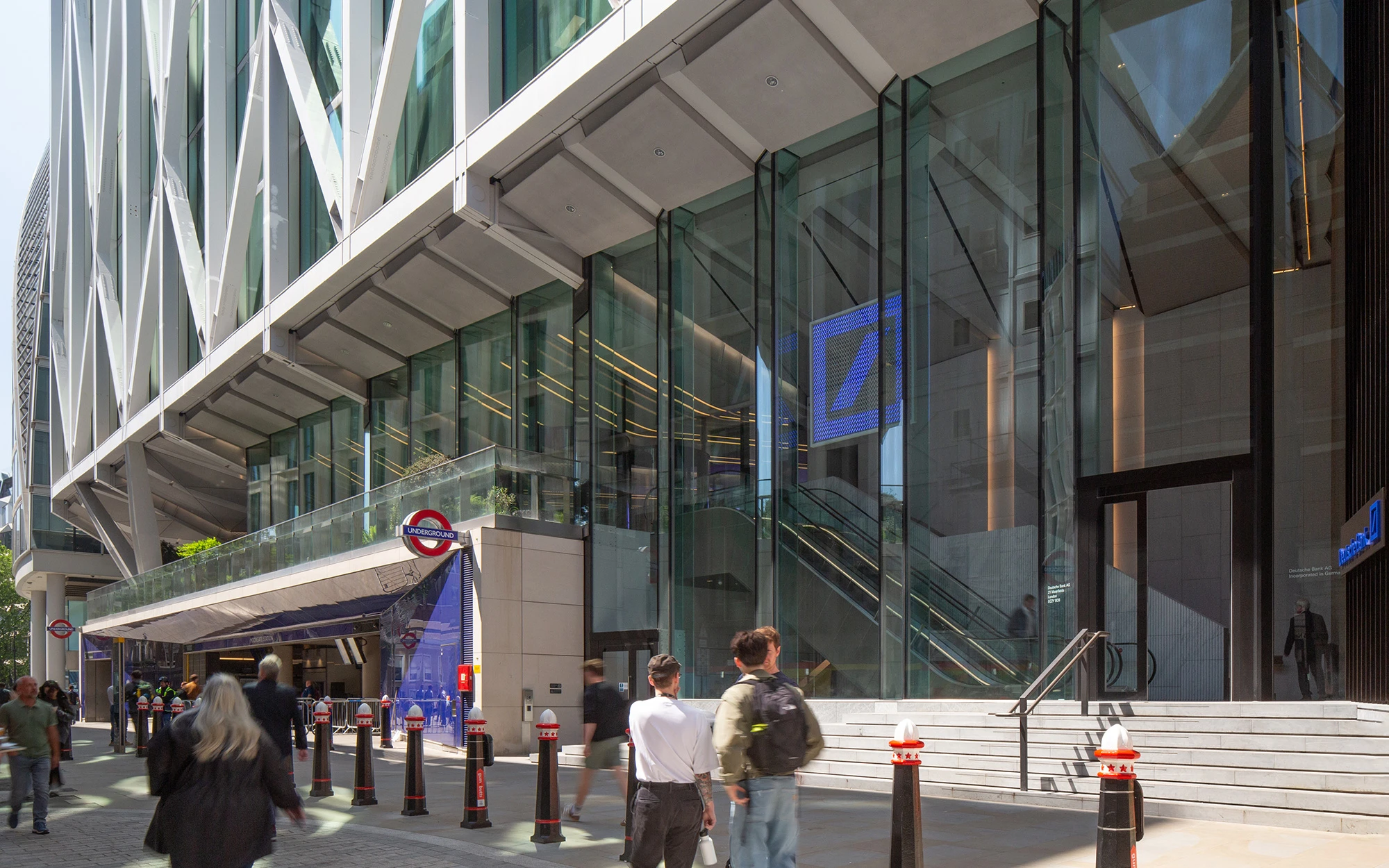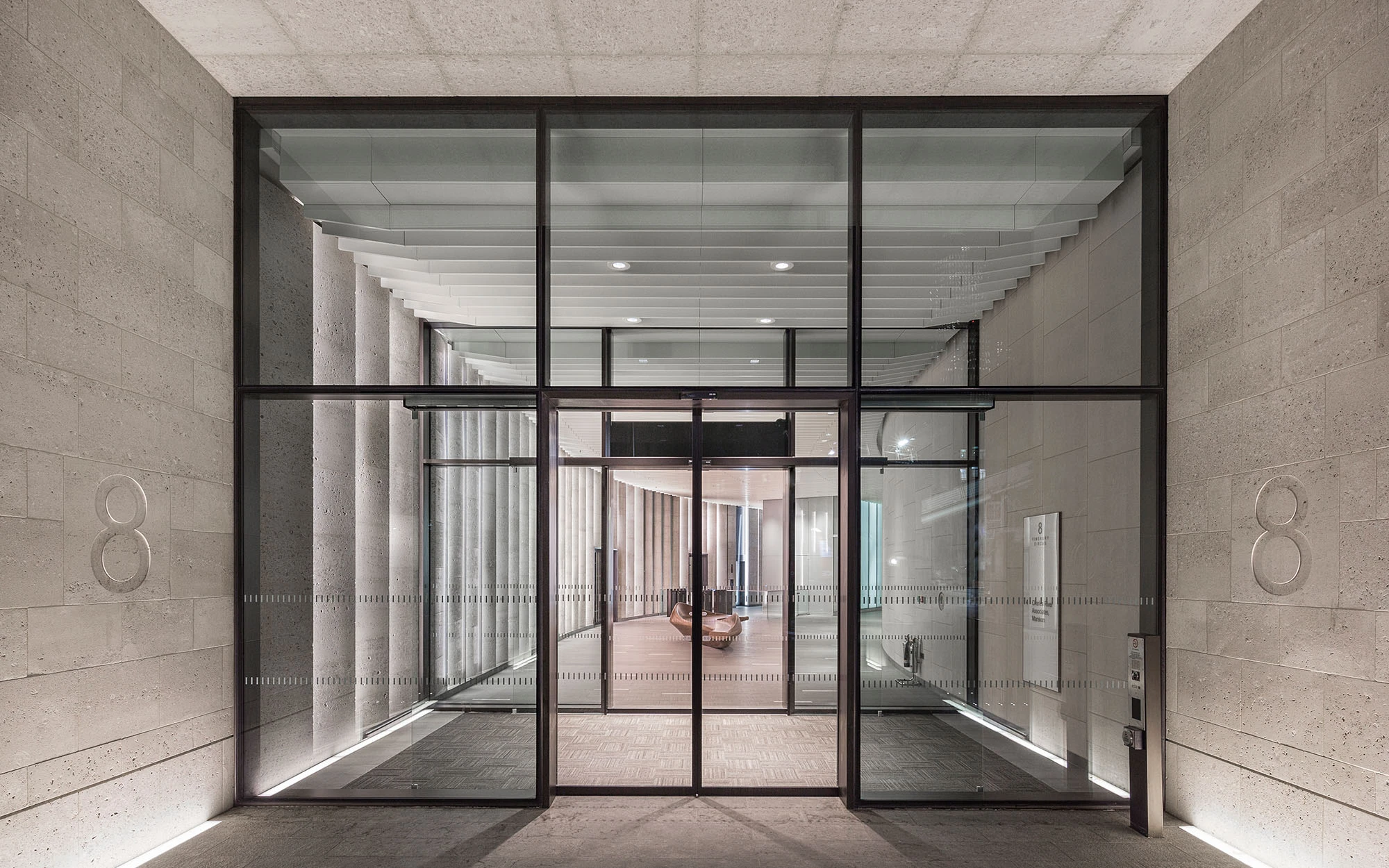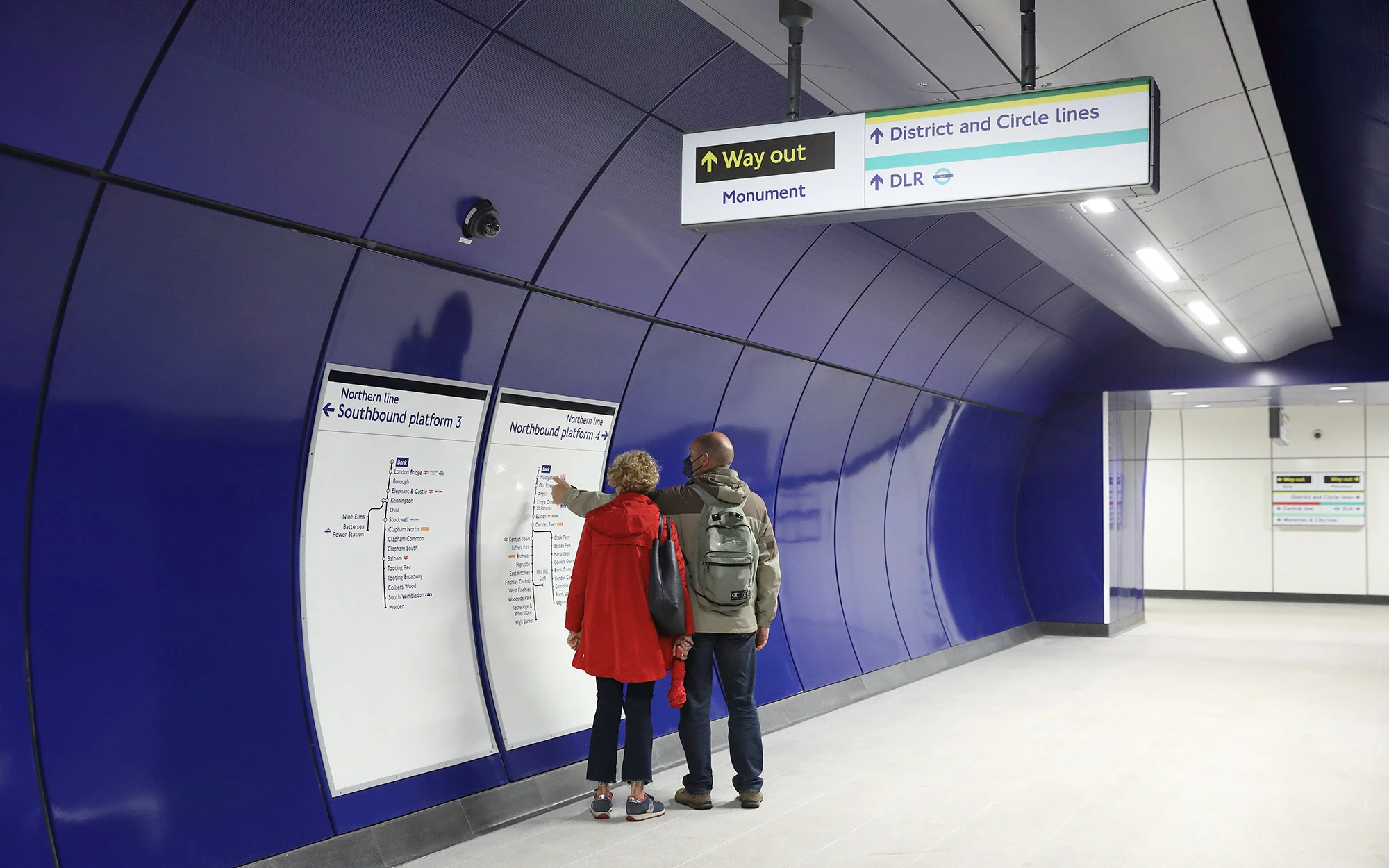8 Bishopsgate contributes to the City of London’s cluster of tall buildings, providing a 50-storey, office development for Mitsubishi Estate London.
The scheme provides extensive amenities for tenants throughout the building and a public viewing gallery, The Lookout, at level 50.
The building includes high sustainability/low energy initiatives in its construction and operation and has achieved a BREEAM ‘Outstanding’ rating. 8 Bishopsgate is understood to be the most sustainable speculative tall commercial scheme in the UK.
City Building of the Year Award 2024
CTBUH 2024, Overall Winner: Best Tall Building by Height (200-299 metres)
CTBUH 2024, Award of Excellence: Best Tall Building by Region (Europe)
BCO Awards 2024, London Regional Winner, Commercial Workplace
Building London Planning Awards 2024, Best Project for Sustainable Planning
SSDA Award 2024
Tall Buildings Award 2024, Best Mixed-Use or Commercial Tall Building Project
The overall massing has been informed by the context of the City cluster, moderated by the constraints of the London View Management Framework, and a local view from Fleet Street, where the new building could not impinge into the ‘skyspace’ around the dome of St Paul’s.
In response, a stepped profile satisfies these requirements and breaks down the overall scale and mass of the building into a legible form. The range of different floor plate sizes offers the developer flexibility in their offer to potential tenants. The uppermost block is conceived as a pavilion crowning the building and contains a dedicated public viewing gallery, a suite of high-end executive meeting rooms and building plant.
Careful consideration has been given to the proportion of each block and its relation to each adjacent one. To enhance the visual impression of stacking, each block cantilevers on the west façade and is slightly rotated and taken out of plane. This approach has created a dynamic and playful arrangement that breaks down the scale of the tower and responds to the variety of building heights and forms within the local townscape.
Each of the main building elements has a distinctive character, the lower block is clad in natural stone with large square windows, while the mid and upper blocks are fully glazed; a full height double skin façade with an interstitial blind system provides maximum daylight whilst being highly efficient against solar gain and heat loss. As the building steps back, generous roof terraces have been created on levels 9, 11, 25, and 26 to offer much sought-after external amenity space for the building tenants. With both hard and soft landscaping, the terraces create welcome outside spaces with spectacular views.
The ground level entrance gives access to a large double height reception hall entered from both Bishopsgate and Leadenhall. Level 1 provides access to the upper car of the double decker lifts and creates an informal workspace located away from the main circulation routes.
The pavilion, the uppermost block in the building, contains the public viewing gallery with magnificent views across London. A separate entrance lobby at ground level provides public access to dedicated lifts that rise to the full height of the building.
Sustainability has been a key design driver from the project’s inception and one of the main goals was to optimise material efficiency. Bespoke steel sections throughout are calculated to be no larger than required by their individual loads. Rationalising the building’s frame has reduced the amount of steel by 25% against a typical tower of this size, saving approximately 5,000 tonnes of CO2. The adoption of a raft foundation, drastically reduces the number of piles for the low and mid-rise elements and saves a further 3000m3 of concrete, equating to approximately 300 tonnes of CO2.
